saving the monarch
hawaiiponder34
10 years ago
Featured Answer
Sort by:Oldest
Comments (34)
Liz
10 years agohawaiiponder34
10 years agoRelated Professionals
Benbrook Landscape Architects & Landscape Designers · South Elgin Landscape Architects & Landscape Designers · Pottstown Landscape Contractors · Matthews Landscape Contractors · Wilmington Landscape Contractors · Burlington Landscape Contractors · Garland Landscape Contractors · Oxnard Landscape Contractors · Snoqualmie Landscape Contractors · Lauderhill Fence Contractors · San Pedro Fence Contractors · Short Pump Fence Contractors · Lomita Fence Contractors · Sayville Window Contractors · Tamalpais-Homestead Valley Window Contractorsterrene
10 years agohawaiiponder34
10 years agobutterflymomok
10 years agohawaiiponder34
10 years agoMissSherry
10 years agoericwi
10 years agoTony G
10 years agobutterflymomok
10 years agohawaiiponder34
10 years agoMissSherry
10 years agobutterflymomok
10 years agohawaiiponder34
10 years agohawaiiponder34
10 years agohawaiiponder34
10 years agohawaiiponder34
10 years agohawaiiponder34
10 years agohawaiiponder34
10 years agohawaiiponder34
10 years agohawaiiponder34
10 years agohawaiiponder34
10 years agohawaiiponder34
10 years agohawaiiponder34
10 years agoTony G
10 years agohawaiiponder34
10 years agobutterflymomok
10 years agoPeg Winsor
8 years agolast modified: 8 years agoKC Clark - Zone 2012-6a OH
8 years agokaboehm (zone 9a, TX USA)
8 years agofranco33139ca
8 years agokaboehm (zone 9a, TX USA)
8 years agoAndrew G. (CA Zone 9b)
8 years ago
Related Stories

GARDENING FOR BUTTERFLIESBe a Butterfly Savior — Garden for the Monarchs
Keep hope, beauty and kindness alive in the landscape by providing a refuge for these threatened enchanters
Full Story
GARDENING GUIDESGreat Design Plant: Asclepias Incarnata for a Butterfly Garden
Beautiful swamp milkweed makes it easy to help monarchs and other pollinators in eastern U.S. gardens
Full Story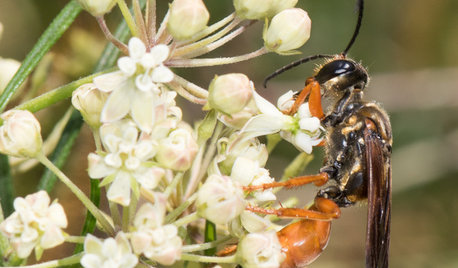
GARDENING GUIDESGreat Design Plant: Asclepias Verticillata
Plant whorled milkweed in dry central and eastern U.S. gardens to attract monarch butterflies and other insect pollinators
Full Story
LANDSCAPE DESIGN15 Great Ideas for a Lawn-Free Yard
End the turf war for good with hardscaping, native grasses and ground covers that save water and are easier to maintain
Full Story
SAVING WATERHouzz Call: Are You Letting Go of Your Lawn?
Many facing a drought are swapping turf for less thirsty plantings. If you’re one of them, we’d like to hear about it
Full Story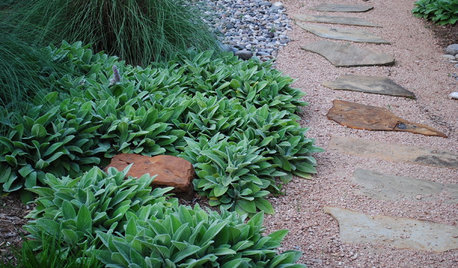
SAVING WATERLush Gardens With Low Water Needs
Drought tolerant doesn’t have mean spindly, brown and thorny
Full Story
LANDSCAPE DESIGNHow to Site and Size a Rain Garden for Your Landscape
Installing a rain garden is an excellent way to reduce runoff and return water to its source
Full Story
GARDENING GUIDES6 Plants That Beat Butterfly Bush for the Wildlife Draw
It's invasive, a nonnative and a poor insect magnet. Check out these better alternatives to butterfly bush in the garden
Full Story
GARDENING GUIDES6 Steps to Creating Your Butterfly Garden
Encourage these fanciful winged beauties to visit your garden while helping restore their fragmented habitat
Full Story
GARDENING AND LANDSCAPINGBe a Citizen Scientist to Help Wildlife, Learn and Have Fun Too
Track butterflies, study birds, capture stars ... when you aid monitoring efforts, you’re lending Mother Nature a hand
Full Story






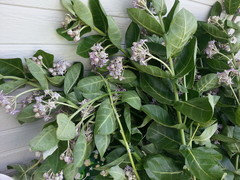

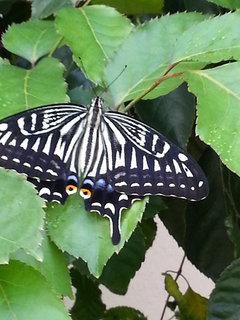
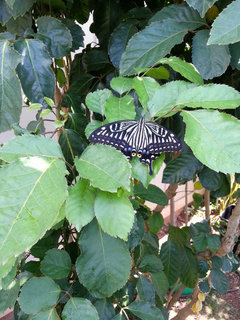

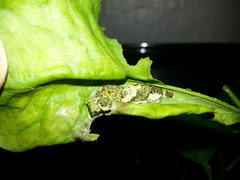
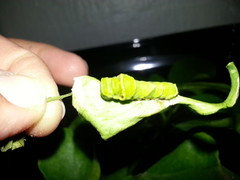
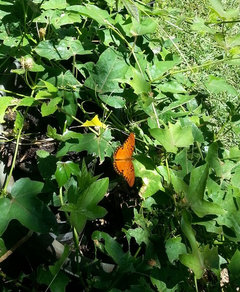
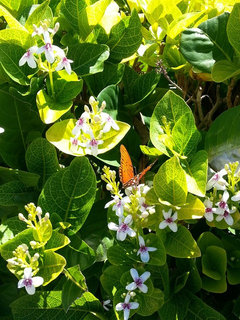
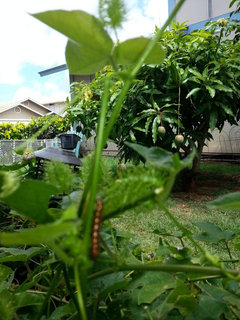

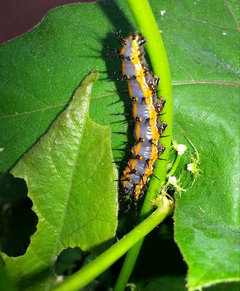
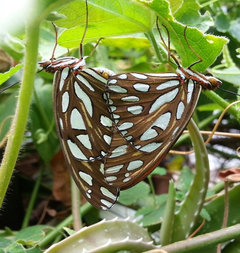

KC Clark - Zone 2012-6a OH